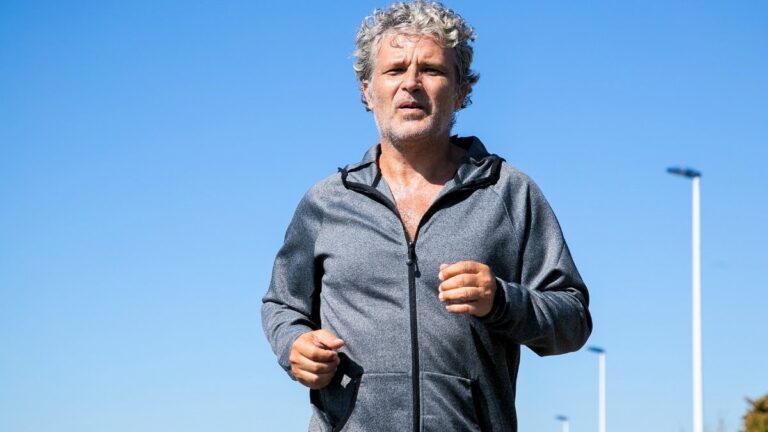Warning: These 5 ‘Healthy’ Habits Are Actually Destroying Your Muscles After 45
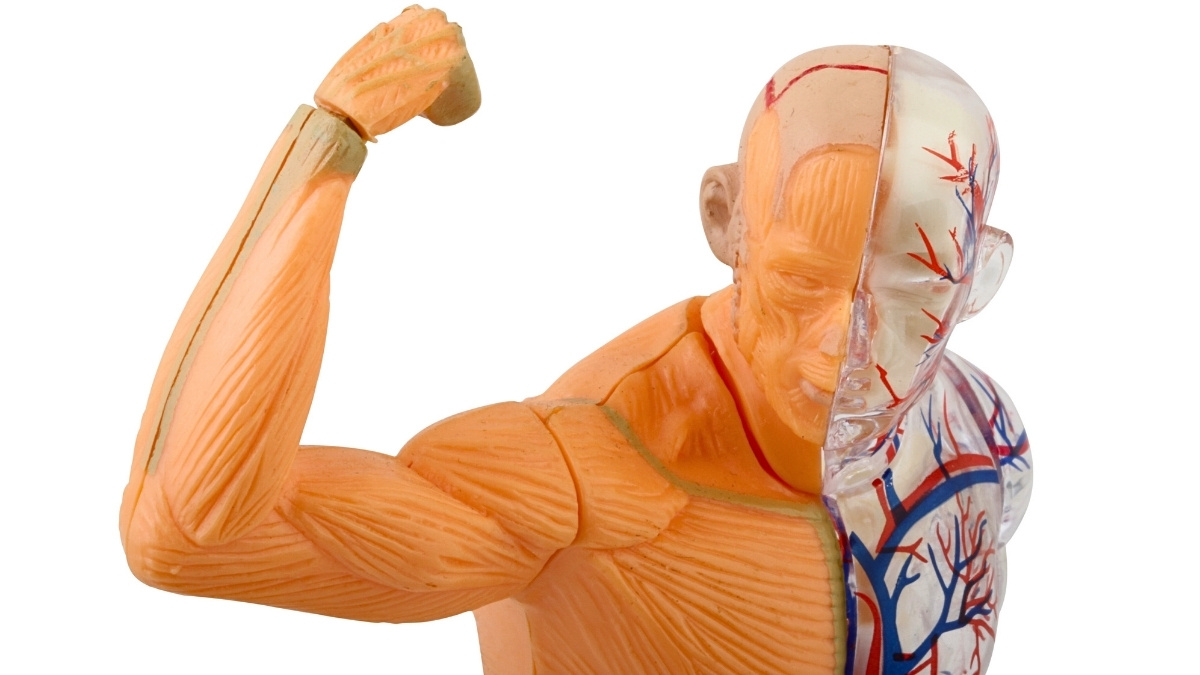
You work hard to stay healthy—morning walks, low-fat meals, plenty of stretching. But lately, your strength isn’t what it used to be. The weights feel heavier, the stairs more tiring.
What if the very habits you’ve trusted for years are slowly robbing your muscles of power? After 45, your body changes in ways that make certain “healthy” routines quietly work against you.
Ignoring this truth could mean faster muscle loss, slower recovery, and a steady decline in your energy. The worst part?
Most people never see it coming until it’s too late. But here’s the good news—you can spot these hidden muscle-wreckers and swap them for choices that keep you strong, capable, and active.
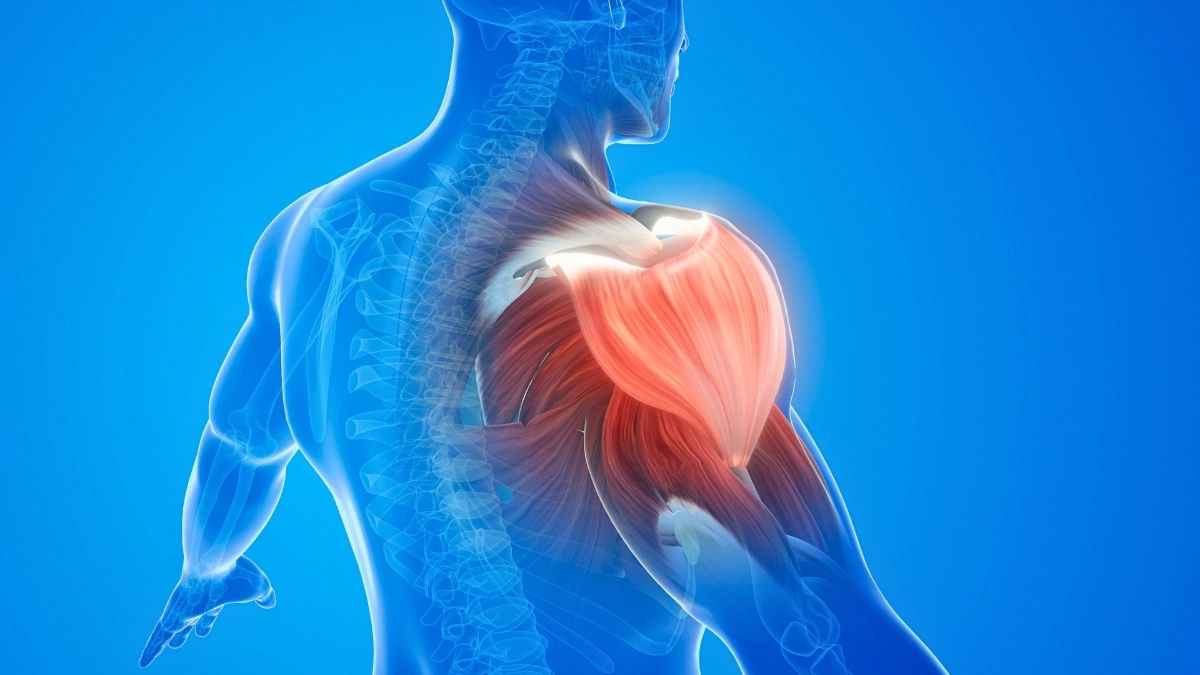
In the next few minutes, you’ll discover five common habits that might be sabotaging your body, and what to do instead to reclaim your strength. Your future self will thank you for making these changes today.
In this article, you’ll discover seven common wellness habits that actually promote sarcopenia and learn evidence-based corrections to protect your muscles, metabolism, and strength for years to come.
The Hidden Crisis: Why Muscle Loss After 45 Accelerates
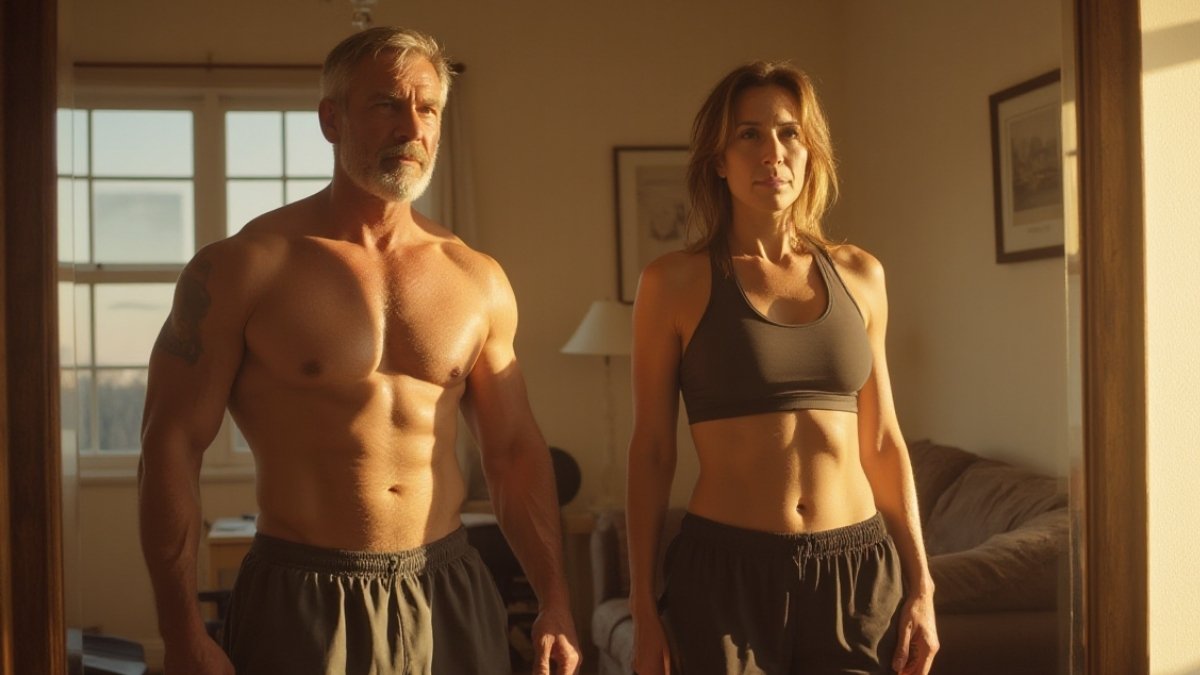
Here’s what nobody tells you about getting older. Your body starts eating your muscles. And it happens faster than you think.
Most people lose 1% of their muscle mass every year after 30. But here’s the scary part: this speeds up dramatically after 45. By 60, you could lose up to 8% of your muscle mass each decade.
This isn’t just about looking less toned in the mirror. Muscle tissue burns three times more calories than fat tissue. When you lose muscle, your metabolism crashes. You gain weight eating the same foods that used to keep you slim.
Sarcopenia – the medical term for age-related muscle loss – affects 30% of adults over 60. But it doesn’t start at 60. It starts much earlier, creeping up while you’re busy following “healthy” advice that actually makes it worse.
The difference between normal aging and preventable muscle destruction is huge. Normal aging means some muscle loss is expected. Preventable destruction happens when your daily habits actively break down muscle tissue faster than your body can rebuild it.
Why does traditional healthy advice backfire for people over 45? Because most fitness and nutrition guidelines were created for younger adults. Your 45-year-old body processes protein differently than a 25-year-old body. Your hormones have changed. Your recovery needs are different.
When you follow advice meant for younger people, you speed up muscle loss. You think you’re being healthy, but you’re actually aging faster. The worst part? Muscle loss increases your fall risk by 60% and makes everyday activities harder each year.
But muscle building over 45 is absolutely possible when you know what works. The key is understanding that age-related muscle loss isn’t inevitable – it’s preventable with the right approach.
Habit #1 – Excessive Cardio Without Resistance Training
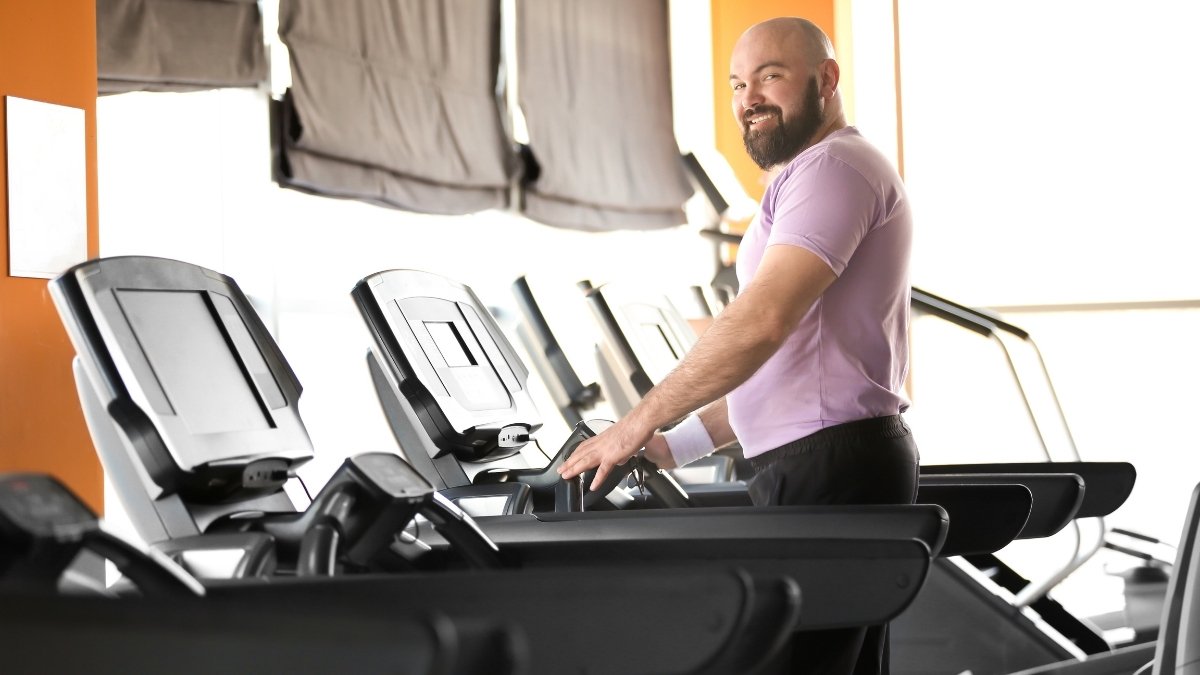
You hop on the treadmill every morning for an hour. You think you’re burning fat and getting healthier. But you’re actually teaching your body to eat your muscles for fuel.
Here’s what happens when you do too much cardio after 45. Your body needs energy for those long workout sessions. When you don’t have enough carbs stored up, it starts breaking down muscle tissue to keep you going.
This gets worse as you age. Your body produces more cortisol – the stress hormone – during long cardio sessions. High cortisol tells your body to hold onto fat and burn muscle instead. It’s the exact opposite of what you want.
The “fat-burning zone” makes this problem even worse. That moderate pace where you can still talk? It’s perfect for muscle loss after 45. Your body has plenty of time to break down muscle protein while you cruise along on that bike or elliptical.
Marathon training without strength work is one of the worst things you can do for your muscles. Those 10-mile training runs might seem healthy, but they’re eating away at your muscle mass every week. Same goes for hour-long cycling sessions or daily treadmill walks.
Scientists call this the interference effect. Too much cardio actually blocks the muscle-building signals from strength training. Your body can’t decide if it should build muscle or get better at long, slow exercise. So it chooses endurance and lets your muscles shrink.
The fix isn’t to quit cardio completely. Cut your cardio sessions to 20-30 minutes, three times per week. Add strength training twice a week. This combination prevents muscle loss while still giving you cardio benefits and better sarcopenia prevention.
Habit #2 – Extreme Calorie Restriction and Fad Dieting
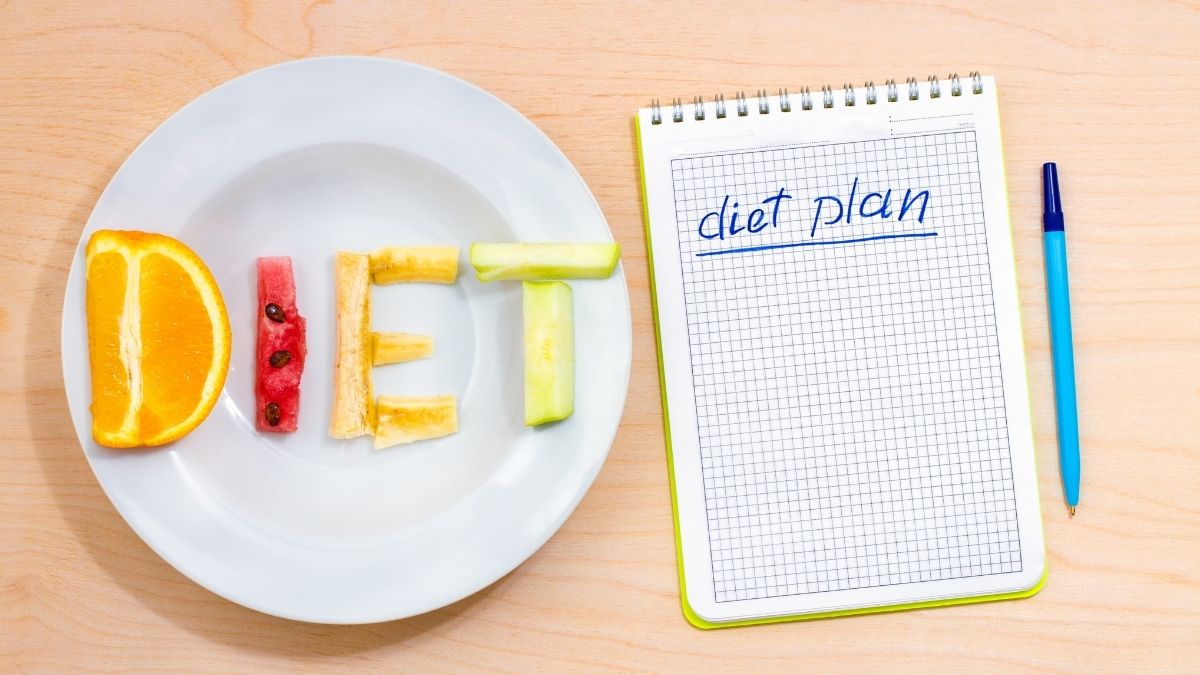
You cut your calories to 1,200 per day. The scale drops fast at first. Then your body starts eating your muscles to survive, and you end up weaker than when you started.
Severe calorie restriction is one of the biggest healthy aging mistakes people make. When you don’t eat enough, your body goes into survival mode. It breaks down muscle tissue to get the amino acids it needs to keep your organs running.
Your body needs at least 1.2 to 1.6 grams of protein per kilogram of body weight to maintain muscle after 45. That’s about 80-110 grams of protein daily for a 150-pound person. Most extreme diets don’t even come close to this amount.
Intermittent fasting can backfire for muscle building over 45. Those 16-hour fasts without protein? They give your body plenty of time to break down muscle tissue. Your muscles need regular protein throughout the day to stay strong.
Juice cleanses and detox programs are muscle destroyers. Three days of nothing but fruit juice gives your body zero protein to work with. Extended fasting periods do the same thing – they force your body to eat your muscles for fuel.
Here’s the worst part about extreme dieting. Your metabolism slows down to match your low calorie intake. When you go back to normal eating, you gain weight faster than before because you have less muscle to burn calories.
The smart approach uses moderate calorie deficits with adequate protein. Cut 300-500 calories per day instead of 800-1,000. Eat protein at every meal. This protects your muscles while you lose fat.
Habit #3 – Plant-Based Diets Without Proper Protein Planning
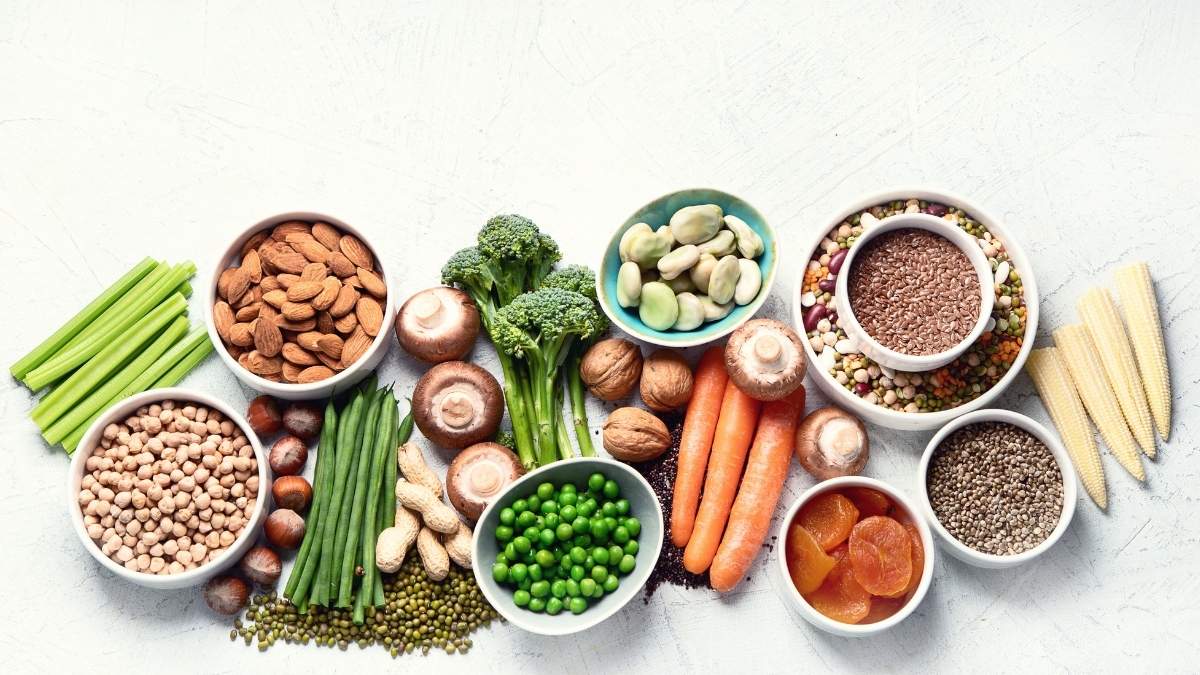
You switched to a plant-based diet for your health. You eat quinoa, nuts, and beans every day. But you’re not getting the right kinds of protein your muscles need to stay strong after 45.
Most plant proteins are missing key amino acids. Your muscles need all nine essential amino acids to build new tissue. Rice has some, beans have others, but neither has them all in the right amounts.
Here’s the bigger problem for muscle loss after 45. Your body needs a specific amino acid called leucine to trigger muscle building. You need about 2.5 grams of leucine per meal. Most plant foods don’t come close to this amount.
Plant protein gets harder to digest as you age. Your stomach makes less acid and fewer enzymes after 45. This means you absorb less protein from plants than you did when you were younger. What used to work fine now leaves your muscles short on building blocks.
Relying on nuts and seeds for protein is a common mistake. A handful of almonds has only 6 grams of protein. You’d need to eat 500 calories worth of nuts to get what one chicken breast provides. That’s a lot of extra calories for not enough muscle-building power.
Timing matters too with plant proteins. Eating all your protein at dinner doesn’t work for sarcopenia prevention. Your muscles need protein every 3-4 hours to stay in building mode instead of breakdown mode.
The fix is strategic combining and timing. Eat rice and beans together at the same meal. Add hemp seeds to your quinoa. Spread plant proteins across all meals and snacks to give your muscles steady fuel.
Habit #4 – Over-Supplementing with Antioxidants

You take high-dose vitamin C and E pills every day. You drink antioxidant smoothies right after workouts. You think you’re fighting aging, but you’re actually blocking your muscles from getting stronger.
Your body needs some stress to build muscle. When you lift weights, it creates small amounts of oxidative stress. This stress signals your muscles to grow back stronger. Too many antioxidants cancel out these growth signals.
Taking 1,000mg of vitamin C or 400IU of vitamin E daily is one of the biggest healthy aging mistakes. These mega-doses interfere with the natural muscle-building process. Your workouts become less effective for muscle building over 45.
The timing makes it worse. Popping antioxidant pills right after your workout blocks the recovery signals your muscles need. Those expensive antioxidant cocktails you drink post-gym? They’re sabotaging your gains.
Whole foods with antioxidants work differently than isolated supplements. Blueberries and spinach give you antioxidants along with other compounds that support muscle growth. Pills give you massive doses of single antioxidants that overwhelm your system.
The smart approach uses strategic timing. Skip the high-dose supplements. Eat antioxidant-rich foods, but not immediately after workouts. Wait at least 2 hours after training before having your antioxidant-heavy meals.
Habit #5 – Prioritizing Flexibility Over Strength Training
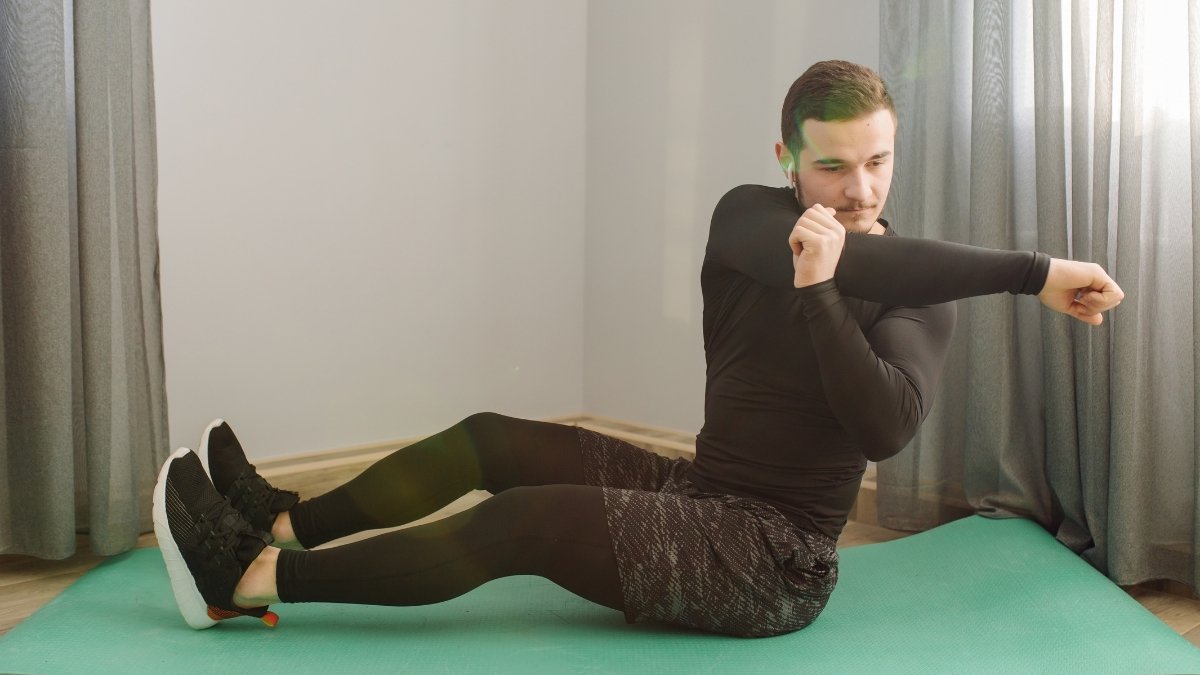
You go to yoga class five times a week. You can touch your toes and do impressive poses. But your muscles are slowly shrinking because flexibility alone doesn’t challenge them to grow.
Yoga-only fitness routines feel healthy, but they don’t provide enough resistance to maintain muscle after 45. Your muscles need to work against increasing weight or resistance to stay strong. Holding the same poses with your body weight isn’t enough.
Pilates without adding heavier resistance has the same problem. Those controlled movements feel challenging at first, but your muscles adapt quickly. Without progressive overload – gradually adding more difficulty – your muscles start to waste away.
Stretching routines that replace strength training accelerate muscle loss after 45. Your muscles need to be challenged to grow. When you only stretch and never lift, push, or pull against resistance, muscle building over 45 becomes impossible.
Here’s what most people don’t know: strength training actually improves flexibility. It also builds bone density, which yoga and stretching can’t do. Your bones need the stress of lifting weights to stay strong as you age.
The solution combines both approaches. Do your yoga or stretching 2-3 times per week. Add strength training with weights or resistance bands twice a week. This gives you flexibility and prevents sarcopenia prevention while keeping your muscles and bones strong.
Conclusion:
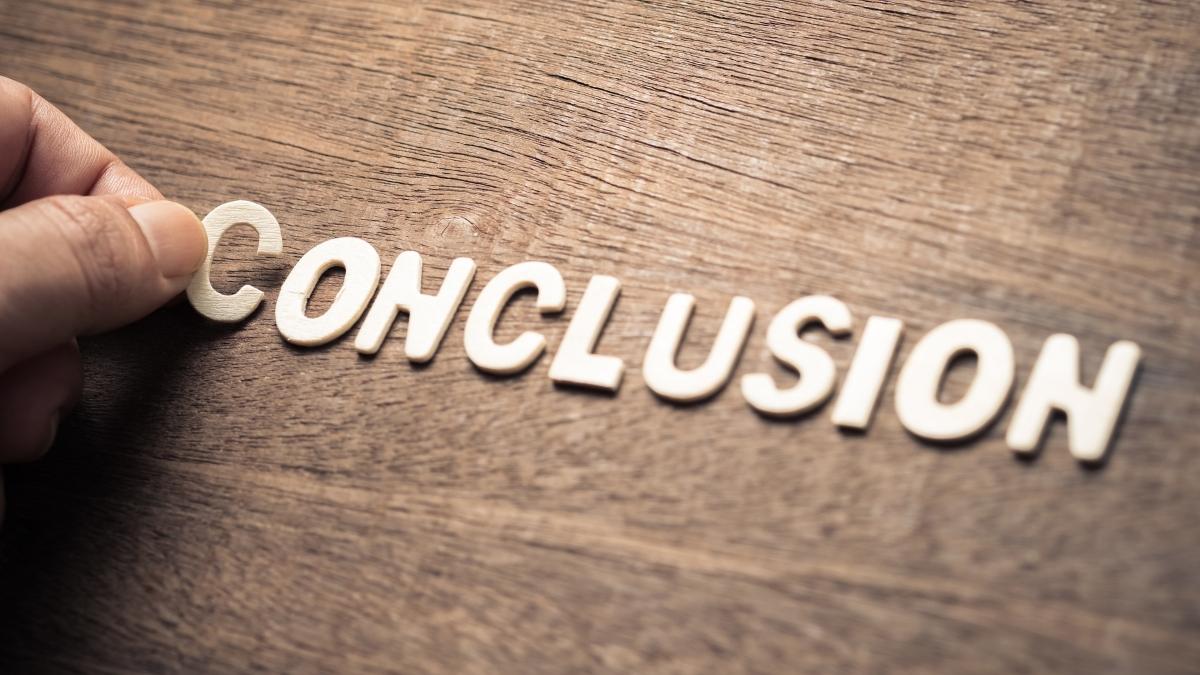
Remember, muscle loss after 45 isn’t inevitable – it’s preventable when you know what’s really helping versus hurting. These seven “healthy” habits might feel right, but they’re quietly stealing your strength and metabolism every day.
The good news is that small changes make a big difference: cut back on excessive cardio, eat adequate protein, include healthy fats, and prioritize sleep. You don’t need to overhaul your entire lifestyle overnight.
Start with fixing just one of these habits this week, then add another next month. Your muscles – and your future self – will thank you for making these smart changes now.



